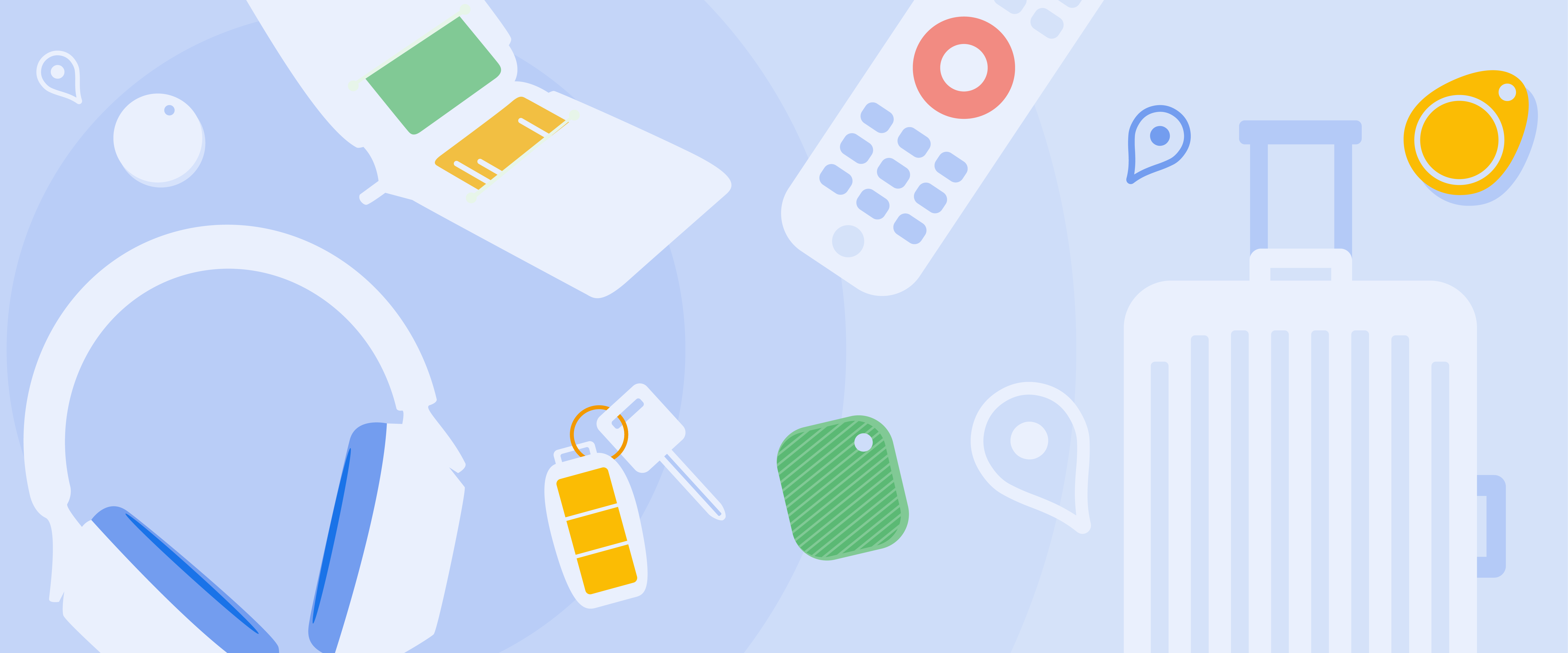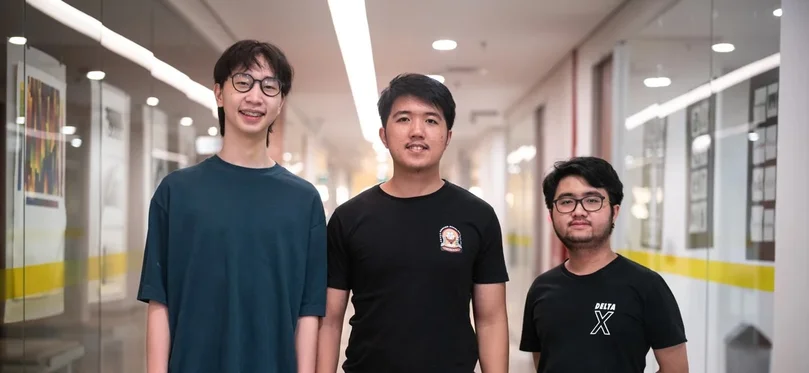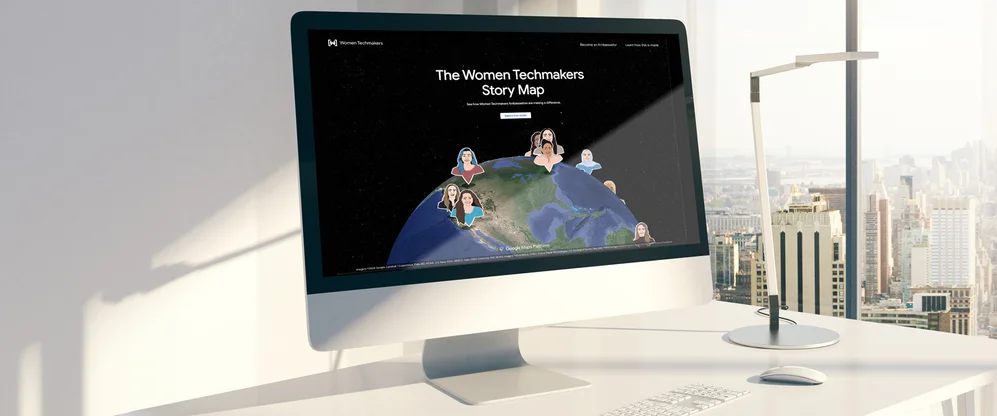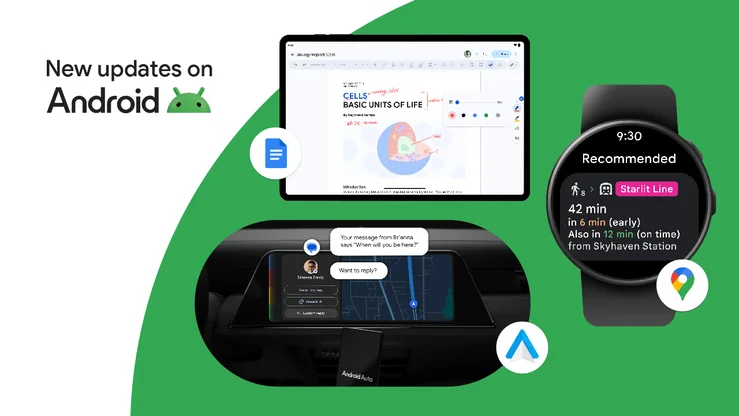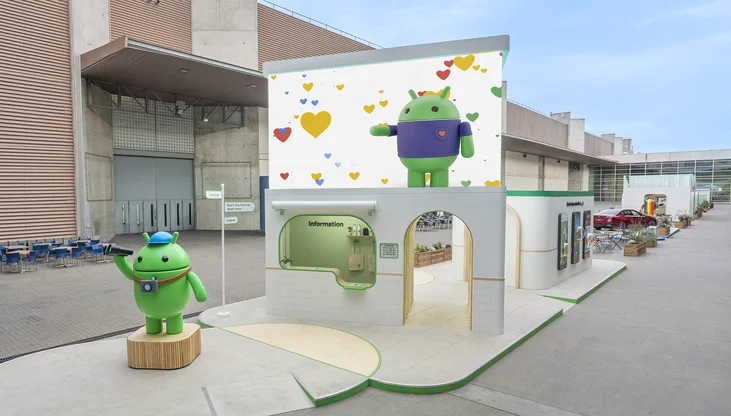Open platforms like Android unlock potential
As a scientist, educator and businesswoman, my goal is to engage as many young minds as possible to get them excited about science and technology. That’s why the explosion in affordable technology over the last few years has been so exciting for STEM evangelists like me. Technology is no longer available only to the affluent and the privileged; instead, computers, tablets and smartphones are in the hands of individuals across all income levels. Reaching such a diverse audience is critical to our society’s ability to design the next generation of digital technologies and train the workforce of the future.
As a professor and the founder and Chief Technology Officer at Zyrobotics, a company that develops interactive STEM games and learning tools for children, I want our company’s educational programs to be available to the greatest number of people in order to have the greatest level of impact. In order to be successful, companies like mine need to reach kids where they spend their time—on their tablets, phones and other electronic learning devices. That means we want our apps to be compatible with as many devices as possible, and it’s why we’ve chosen to use Android’s open platform for our development. I’ve been able to reach far more people by building upon open platforms like Android than I ever could by teaching in a classroom.
As an app developer, I’ve benefited from Android’s ease of use, open coding platform, and popularity within diverse segments of the population. We've been able to expand our reach to all audiences, particularly those in disadvantaged communities. Many lower-income people (and many in developing countries) rely on more affordable or older Android devices, and because Android lets us update apps on older-model phones, we can ensure we’re providing the best experience to these users. Open platforms are also the main reason why most of our apps, including those that teach young children to code, are free.
Zyrobotics would be far less successful without the app stores housed on Android and Apple and the number of users we are able to reach through those platforms. Both Google and Apple’s app stores have been especially useful in helping us maximize our apps’ exposure to the children and parents with whom we want to connect, and helped us introduce important STEM concepts to children as early as five and six years old through 30 STEM-focused apps and games, such as our award-winning Turtle “Learn to Code” app.
The United States continues to lag behind other industrialized nations when it comes to preparing our children for STEM careers, and that technology workforce gap is partly a result of a lack of early engagement in STEM. Reaching children when their interests are just beginning to take shape is vital to building a more vibrant, diverse and successful STEM workforce for the future. Android helps us do that. I support smart regulation of technology companies that helps ensure that today’s technology be made even more widely available, accessible and unbiased.
The benefits of technology to educate and empower the next generation are immeasurable. Open platforms create opportunities—for companies like mine, and the people we serve. Let's keep it that way.
Ayanna Howard, Ph.D., is Chief Technology Officer (CTO) at Zyrobotics, an educational technology company, and the Linda J. and Mark C. Smith Professor at the Georgia Institute of Technology. Her artificial intelligence (AI), robotics and assistive technology research has resulted in more than 250 peer-reviewed publications and a number of commercialized products.
